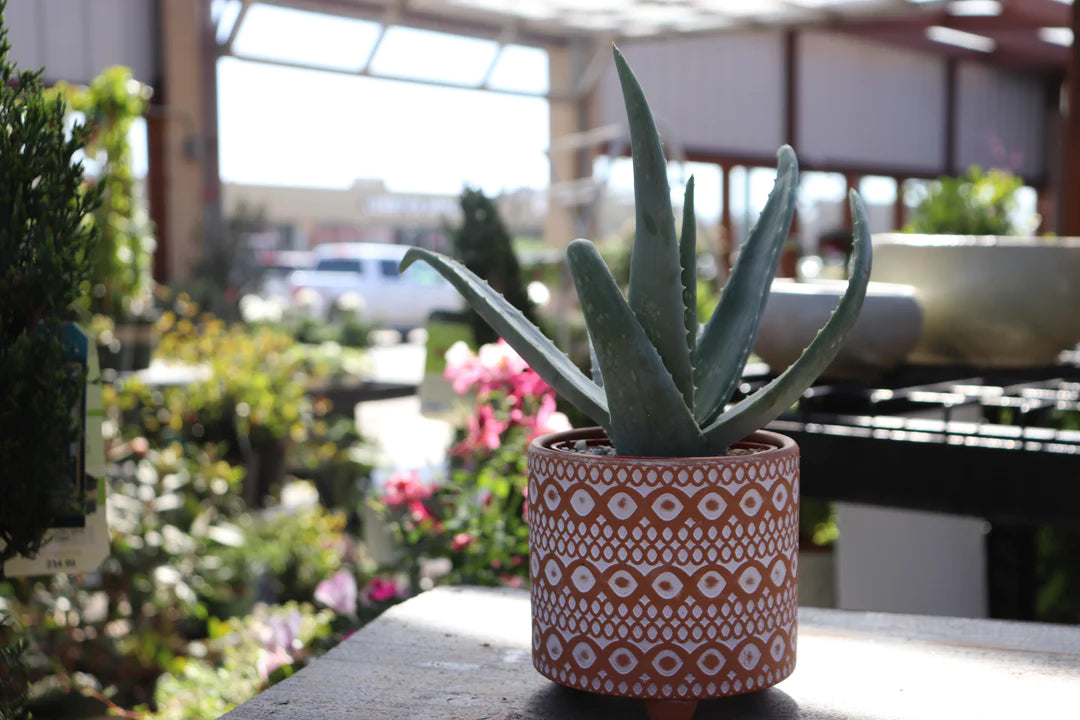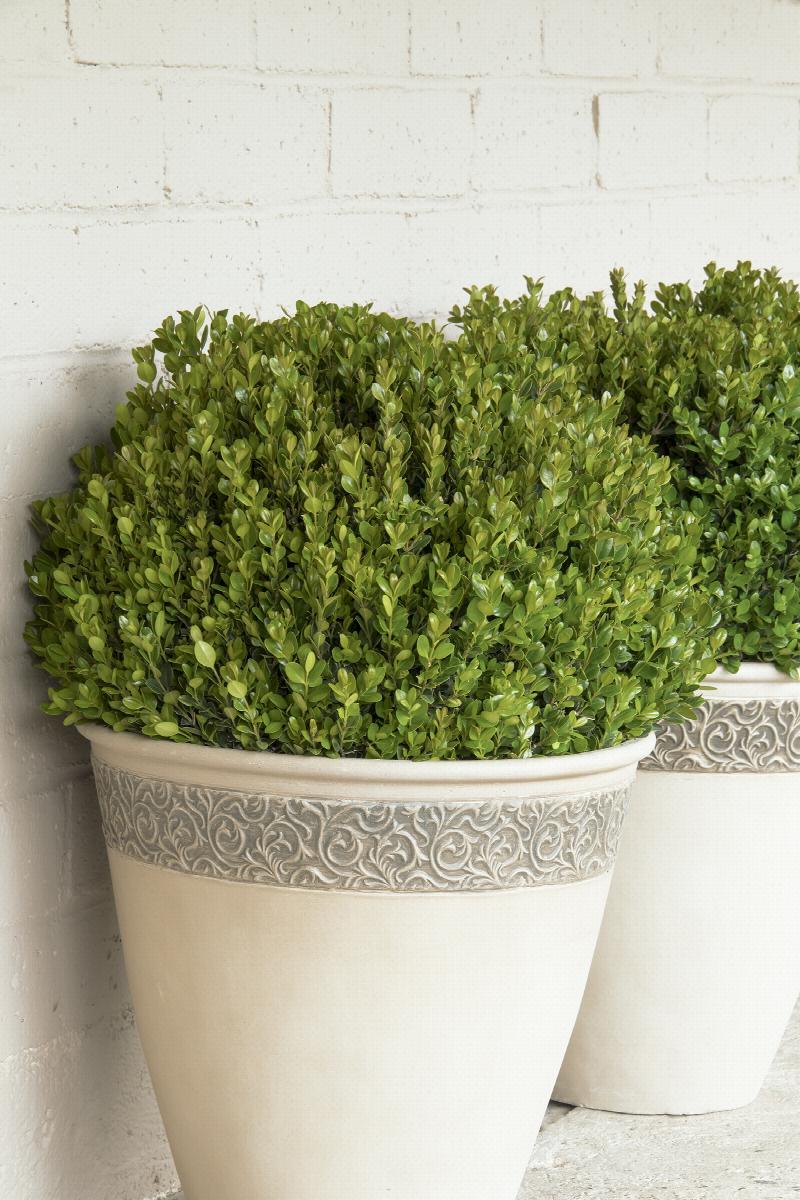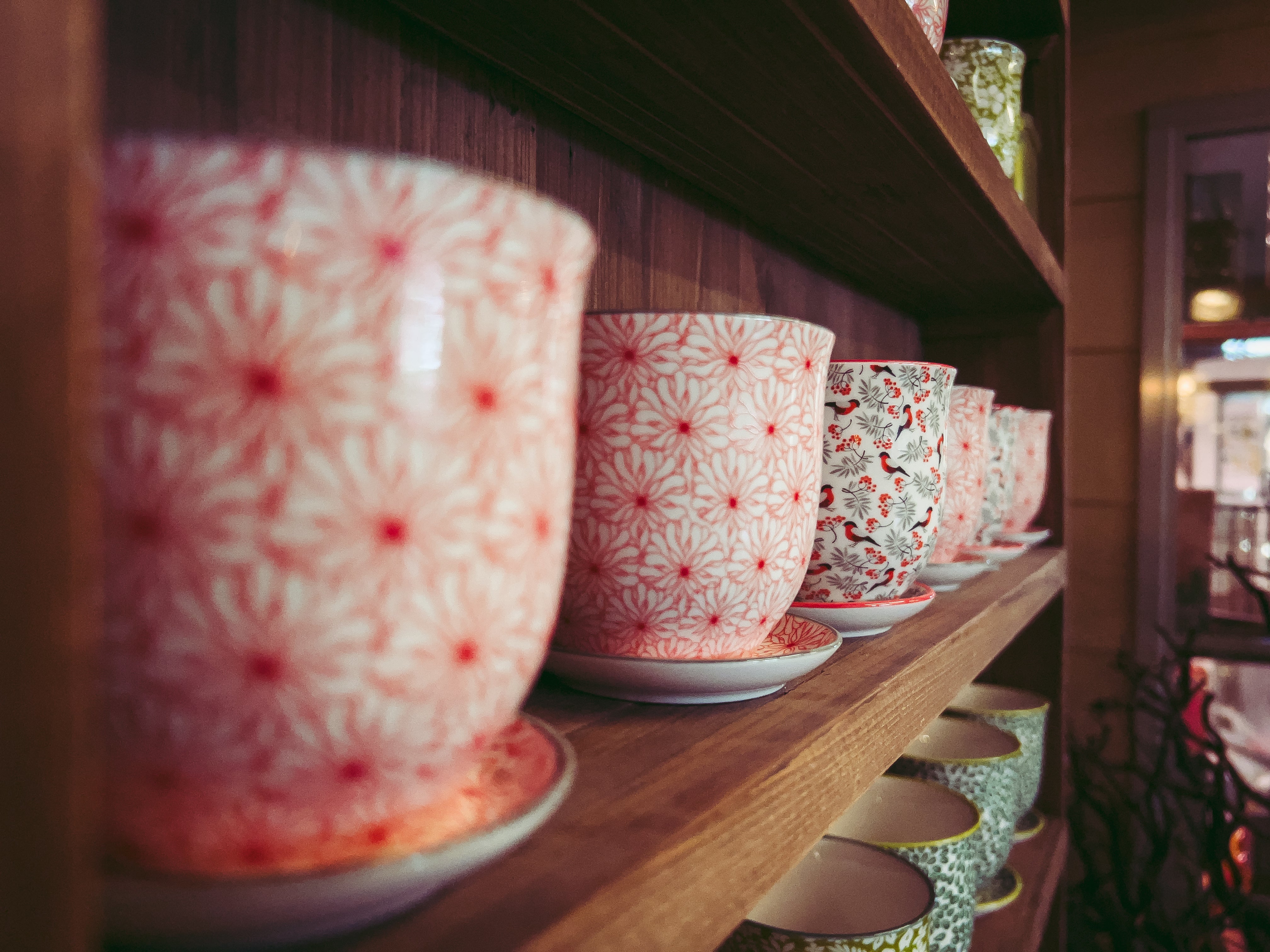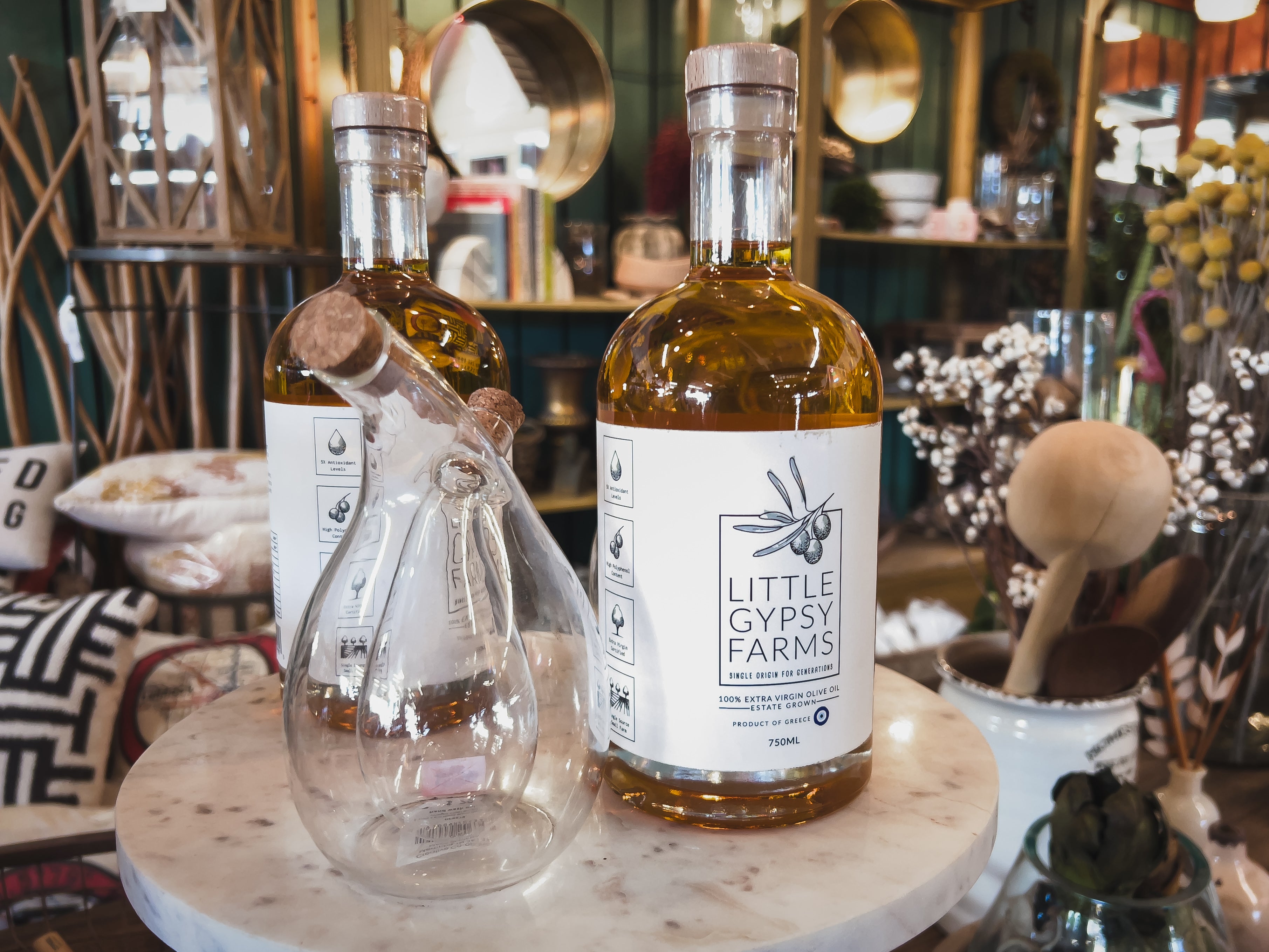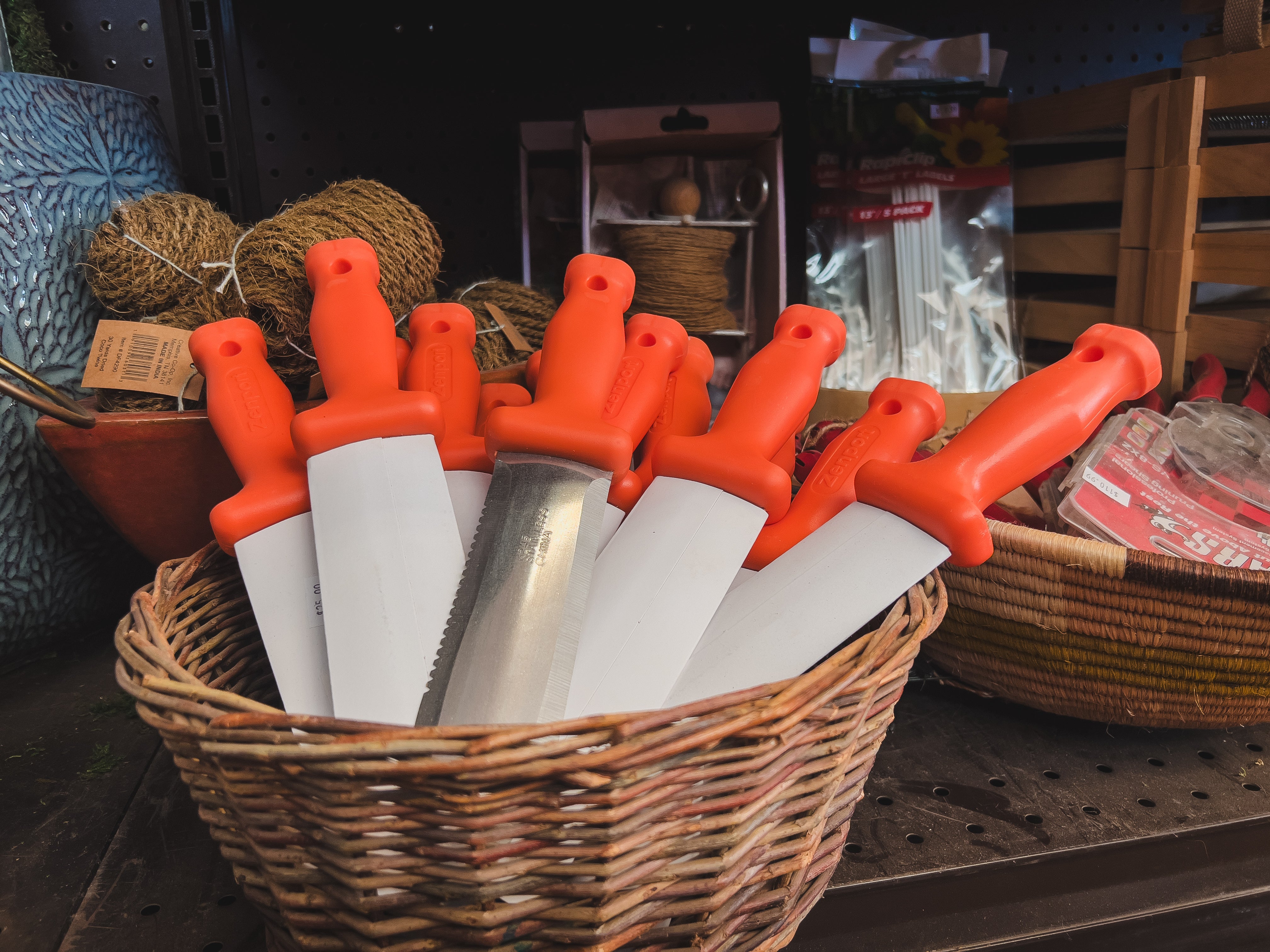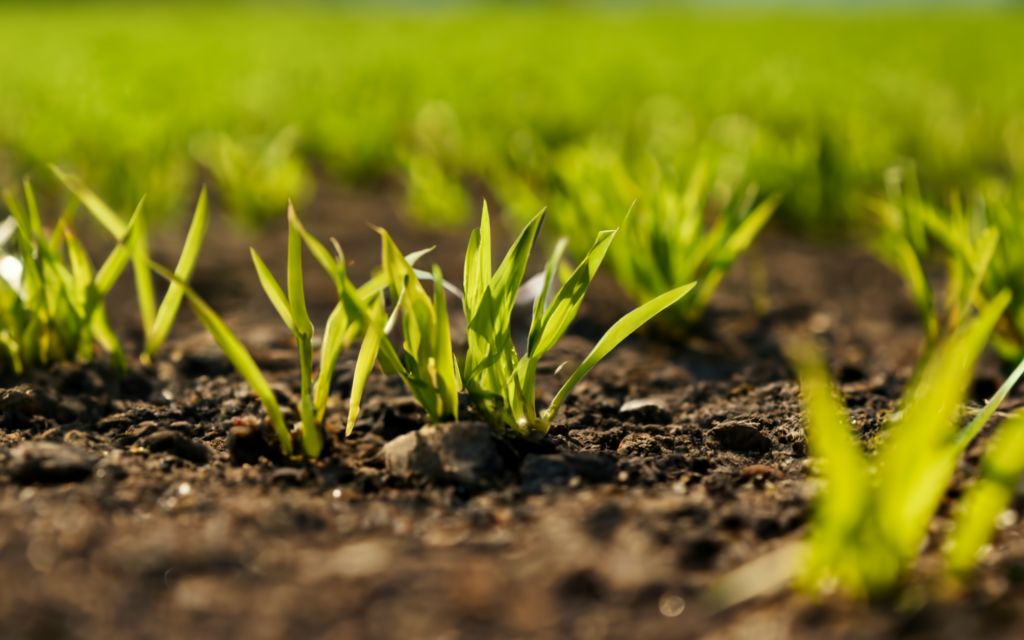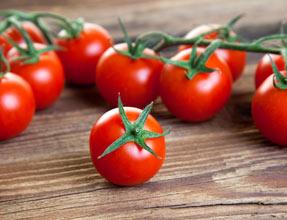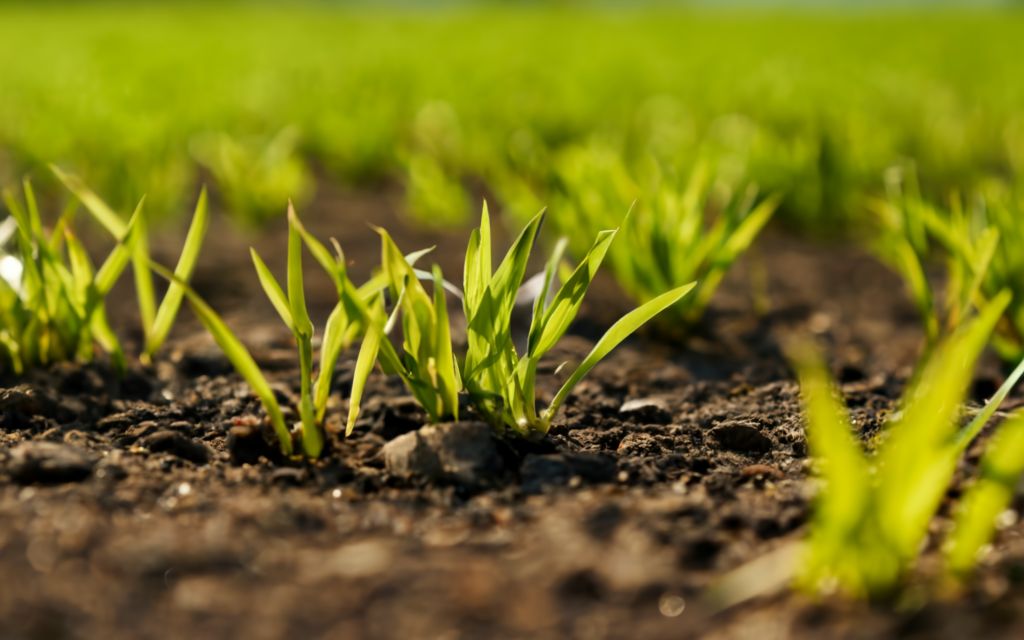Grapes
- In stock, ready to ship
- Inventory on the way
'Canadice'
The grape that does it all. From snacks and salads to jelly, juice, and wine. This early ripening grape is known to bear great crops even after hard winters. Sweet, great grape flavor with a unique hint of spiciness. Easy-to-grow, with compact grape clusters 6-8 inches long. Bears medium-size, firm, red grapes that keep well on the vine. Seedless. Ripens in mid-August, and can be picked through September. Self-pollinating. A licensed variety of Cornell University.
| Bloom Color | White |
| Fruit Color | Red |
| Fruit Size | Medium |
| Pollination | Self-Pollinating |
| Ripens/Harvest | Mid August |
| Shade/Sun | Full Sun |
| Soil Composition | Loamy |
| Soil Moisture | Well Drained |
| Soil pH Level | 5.5 - 6.5 |
| Taste | Mild, Sweet |
| Texture | Crisp |
| Years to Bear | 2 - 4 |
| Zone Range |
5 - 8 |
Mature Size
Recommended Spacing
Highly productive vine bears crispy sweet fruit. Large handsome clusters turn golden-yellow when fully ripe. Medium-sized grapes with fine flavor. These vines yield 10-15 pounds of grapes. Seedless. Developed in New York for winter hardiness. Ripens in late August. Self-pollinating.
| Bloom Color | White |
| Fruit Color | White |
| Fruit Size | Medium |
| Pollination | Self-Pollinating |
| Ripens/Harvest | Late August |
| Shade/Sun | Full Sun |
| Soil Composition | Loamy |
| Soil Moisture | Well Drained |
| Soil pH Level | 5.5 - 6.5 |
| Taste | Mild, Sweet |
| Texture | Fine |
| Years to Bear | 2 - 4 |
| Zone Range |
5 - 8 |
'Edelwiss' This variety is self pollinating.
One of the first modern grape varieties released by the University of Minnesota along with Elmer Swenson was Edelweiss in 1977, although its breeding history dates to the 1950s. This grape fits into several categories as it can be used for wine making but also enjoyed as a table grape or for fresh juice. It has large clusters of white-seeded grapes with a Concord-like flavor. May need winter protection. The berries are big, luscious, and aromatic.
Fruit characteristics
Edelweiss produces berries that are light yellow in color. They are large (3.13 g) and on clusters around 127 g. Yield per vine is about 11 lbs.
Hardiness
This variety can survive to low temperatures, but is not as hardy as Frontenac or Itasca.
Vigor
This variety can be very vigorous with limited winter injury.
Bud break and harvest timing
Compared to other varieties, Edelweiss has an early bud break which can put it at risk for late frost events. Harvest is typically late August in Minnesota, which puts it earlier than most of the other commercial varieties.
Harvest parameters
Monitoring of juice chemistry is important for all grape varieties, but taste is equally important. Edelweiss, much like Brianna, can become “over ripe” in its flavor and aroma profile and thus a target soluble solids content of 14-17 °Brix is suggested. The pH may be a more reliable tool for picking Edelweiss, usually below 3.3 is preferred.
Training systems
Due to its procumbent growth habit, Edelweiss is well suited for training to a Single High Wire trellis system. The vigor of this vine could make it suitable for split canopy systems like a Geneva Double Curtain training system. This variety does not do well on high pH soils. Edelweiss is a great option for the homeowner and backyard grape grower because of the different uses for the fruit as well as its tolerance to pests. The vines can be trained over an arbor or on a sturdy fence.
Pest susceptibility
Edelweiss is reported as moderately susceptible to anthracnose, botrytis bunch rot, and powdery mildew. It is slightly susceptible to downy mildew, black rot, and crown gall. Considerations for the homeowner include the use of 2,4-D (and Dicamba) in lawns, as this variety, like many grapes, is highly sensitive. Unlike other V. labrusca based hybrids, Edelweiss is not sensitive to injury from sulfur and copper applications.
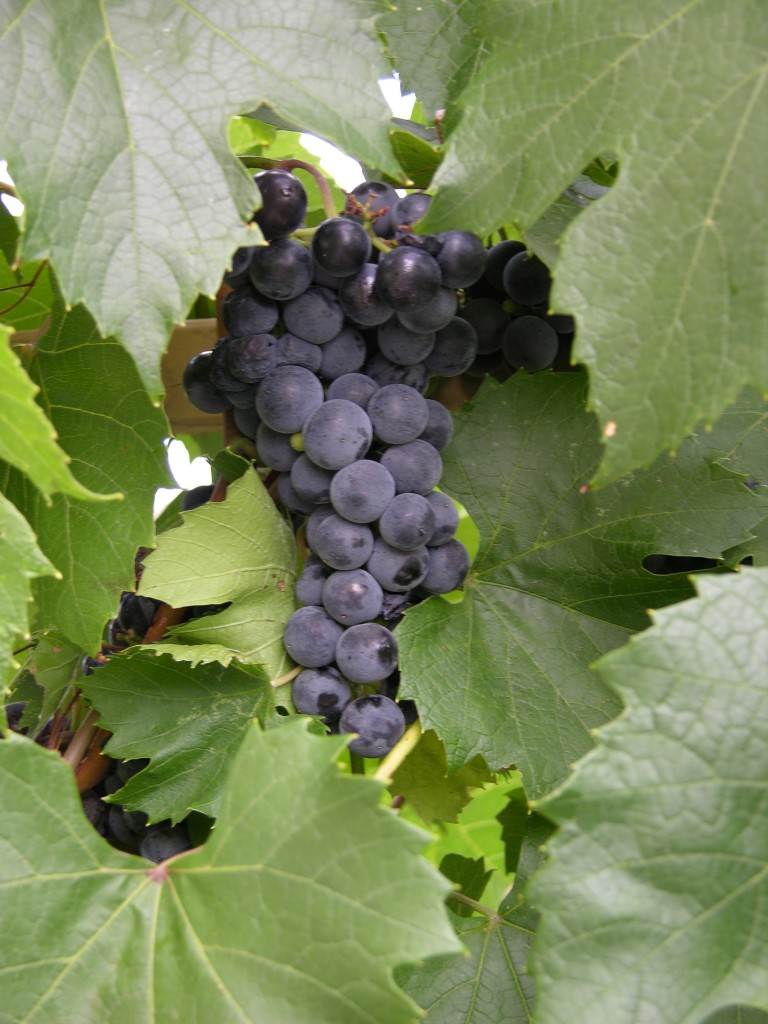
Saint Theresa Seedless grape (Vitis x ‘St. Theresa Seedless’) is a superb new table grape for the Rocky Mountain region. This very hardy and mostly seedless (an occasional seed or two is discovered) purple grape offers an abundance of large clusters of sweet fruit in early September. There is plenty of time following the harvest for the plant to store energy for winter. The vine is vigorous and healthy, showing little concern for our alkaline soil conditions. This is an exceptional selection bred by Elmer Swenson of Osceola, Wisconsin, renowned for breeding many selections of cold hardy grapes. Saint Theresa Seedless grape has notable grapes such as Concord and Thompson Seedless in its lineage.
This wonderful, versatile vine was named in honor of Saint Theresa of Lisieux, France, the Carmelite Nun who showed her love of God by planting flowers.
Width: 3-8 feet
Blooms: Inconspicuous
Sun: Full sun to partial shade
Soil Moisture: Moderate
Hardiness: USDA zones 4-9
Culture: Garden loam
Use collapsible tabs for more detailed information that will help customers make a purchasing decision.
Ex: Shipping and return policies, size guides, and other common questions.
